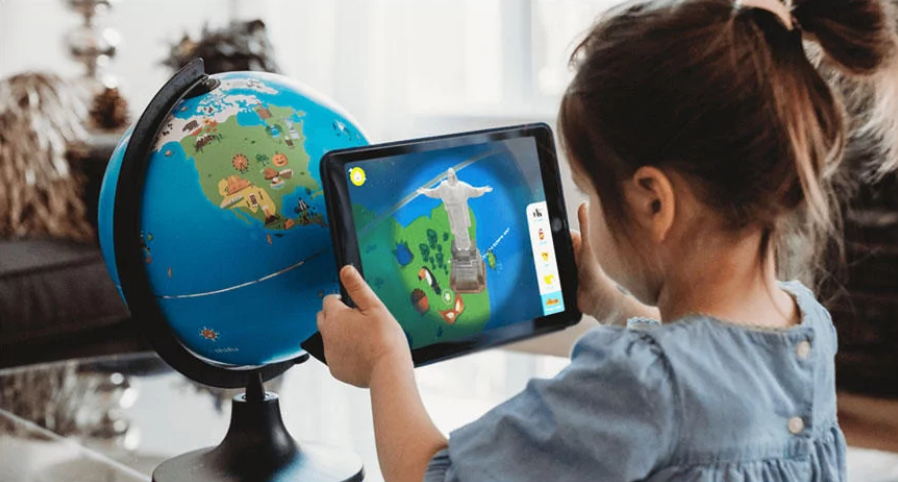The educational landscape is undergoing a profound transformation as augmented reality (AR) technology makes its way into classrooms across grade levels. Unlike virtual reality which creates entirely digital environments, augmented reality overlays digital elements onto our physical world, creating hybrid learning spaces that engage students in unprecedented ways.
The Evolution of AR in Educational Settings
Augmented reality in education has evolved significantly over the past decade. What began as experimental applications has matured into purposeful learning tools with measurable impacts on student achievement. Traditional textbooks and static images are giving way to interactive 3D models that students can manipulate and explore from multiple perspectives.
Educational AR applications now range from simple smartphone experiences to sophisticated headset-based systems, with adoption rates accelerating as the technology becomes more accessible to schools with varying budget constraints. According to recent educational technology surveys, over 40% of schools in developed nations have implemented some form of AR-enhanced curriculum.
Deeper Comprehension Through Visualization
One of the most significant advantages of augmented reality in STEM education is its ability to visualize complex concepts. When students struggle to grasp abstract scientific principles, AR provides tangible representation. Biology students can examine detailed 3D models of cell structures while chemistry students observe molecular interactions that would otherwise remain invisible.
Historical education benefits similarly from AR implementation. Students can witness historical events through immersive reconstructions or explore ancient architectural sites from their classroom. This contextual learning creates stronger memory anchors and improves knowledge retention compared to traditional teaching methods.
Engagement and Participation Advantages
Student engagement represents a perpetual challenge for educators. AR learning experiences address this challenge by creating interactive environments that capture attention through novelty and active participation. Rather than passive consumption of information, students become investigators exploring dynamic content.
The participatory nature of AR learning supports different learning styles simultaneously. Visual learners benefit from enhanced imagery, while kinesthetic learners appreciate the ability to manipulate virtual objects. This multi-sensory approach creates more inclusive educational environments that accommodate diverse student needs.
Teachers at Armarketingtips.com have reported significant increases in classroom participation when implementing AR learning modules, with previously disengaged students showing renewed interest in curriculum content.
Practical Skills Development
Beyond theoretical knowledge, augmented reality facilitates practical skills development that prepares students for future careers. Medical students can practice procedures on virtual patients before working with actual people. Engineering students can assemble complex machinery without physical components. These risk-free learning environments allow students to make and learn from mistakes without real-world consequences.
The collaborative potential of AR enhances communication skills as students work together to solve problems within augmented environments. Multiple students can interact with the same AR content simultaneously, fostering teamwork and collective problem-solving abilities that employers increasingly value.
Accessibility and Inclusion Benefits
AR technology creates more accessible educational experiences for students with disabilities. Students with mobility limitations can explore virtual field trips to locations they might otherwise never experience. Visual impairments become less limiting when information can be presented through multiple sensory channels.
For students with attention disorders, the immersive nature of AR experiences can help maintain focus for longer periods compared to traditional teaching methods. The novelty and interactive elements reduce distraction by capturing and directing attention toward learning objectives.
Implementation Challenges and Solutions
Despite its benefits, AR implementation faces practical challenges in educational settings. Hardware costs represent a significant barrier for many schools, though this obstacle is diminishing as more AR experiences become available through standard tablets and smartphones rather than specialized equipment.
Teacher training remains crucial for effective AR integration. Educators need professional development opportunities to learn not just how to operate AR systems but how to integrate them meaningfully into curriculum objectives. The most successful AR implementations occur when technology enhances rather than replaces solid pedagogical foundations.
Technical support infrastructure must also be considered, as AR systems require reliable internet connectivity and regular maintenance. Schools implementing AR programs need dedicated support personnel to address technical issues promptly to avoid disrupting learning activities.
The Future of Educational AR
As AR technology continues evolving, its educational applications will expand accordingly. Emerging trends include personalized AR learning experiences that adapt to individual student progress and artificial intelligence integration that responds dynamically to student interactions.
Cross-subject integration represents another promising direction, with AR experiences that connect traditionally separate subjects into cohesive learning modules. Science concepts might be explored through historical contexts, or mathematical principles demonstrated through artistic applications.
The potential for AR to transform education extends beyond formal classroom settings into lifelong learning experiences. Museums, libraries, and public spaces are increasingly incorporating AR elements that educate visitors of all ages, creating educational opportunities throughout communities.
The augmented reality revolution in education represents not just technological advancement but a fundamental reimagining of how learning occurs. By creating immersive, interactive experiences that engage multiple senses, AR helps bridge the gap between abstract concepts and tangible understanding, preparing students for a future where digital and physical realities increasingly converge.





